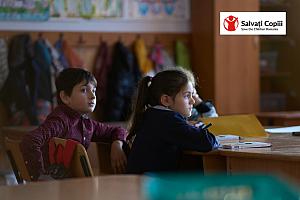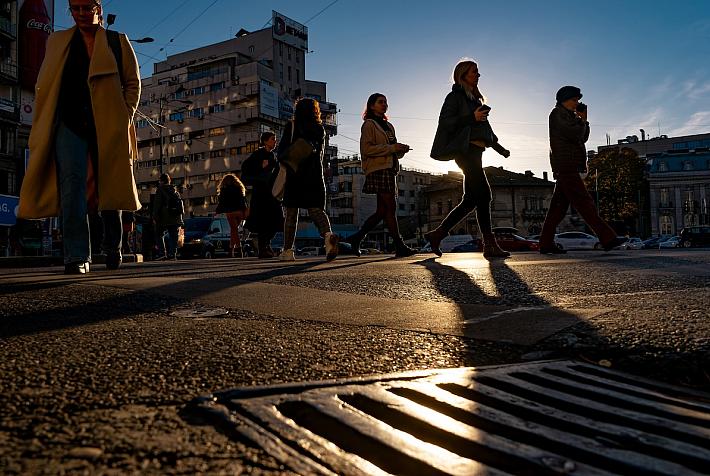Save the Children reveals alarming data on poverty, emotional wellbeing among children in Romania

An extensive report by Save the Children Romania revealed alarming statistics on poverty, inequalities, emotional wellbeing, and access to education among children in the country.
The children's situation in Romania continues to be marked by severe disparities, with inequity present in their lives since birth, the report said. The country still has a high infant mortality rate, above the EU average, maternal mortality has increased dramatically in the past two years, and almost half of births among under-15 mothers are registered in Romania. And poverty is one of the leading causes of this worrying situation.
In 2021, over 1.5 million children in Romania (41.5% of the total number of children) were growing up at risk of poverty or social exclusion. The figure is much higher in rural areas (around 50%) than in large cities (16.1%).
Meanwhile, one in 10 families could not adequately heat their homes in 2021, and almost one in five could not afford a nutritious meal.
A 2022 Save the Children survey on the impact of the economic crisis on families in Romania revealed that 40% of households recorded a decrease in income compared to 2021, while expenses increased for 98% of families.
Most households had to spend more on utilities, food, healthcare and education (transportation to school, supplies and books). Thus, they must make cuts, and half plan to save money on utilities and food, which poses a risk to children's wellbeing, Save the Children said.
At the same time, single-parent and large families have been among the most exposed to the effects of the pandemic and the cost of living crisis. In 2019, 9.6% of single-parent families were at risk of poverty. The percentage doubled to 18.2% in 2020 and then increased to 23% in 2021.
The recent crises caused by the pandemic and war also impacted the emotional wellbeing of the young in Romania. In the last two years, the counseling centres of the Save the Children organization took in a total number of 1,241 children and adolescents who developed various emotional disorders.
According to data from the NGO, the most common diagnoses were anxiety – 28.8% and emotional disorders (23%). The overwhelming majority of cases of depression were registered among children aged 11-14 and adolescents (15-18 years), of 32% and 54% of cases, respectively. There have also been severe cases in which disorders such as anxiety and depression led to suicide attempts: three in the 11-14 age group and five among teenagers, the same report revealed.
When it comes to access to education, the situation is also worrying. Save the Children said that school dropout remained unchanged throughout the period of application of the National Education Law no. 1/2011, affecting 35,259 students, of which 20,878 were from primary and secondary school and 14,381 from high school education (school year 2019/2020).
At the same time, 286,150 children between the ages of 7 and 17 were out of school on January 1, 2021, out of a total of about 2.5 million school-aged children in Romania. Plus, 15.6% of young people between 18-24 years completed only eight classes or less, although the target set by Romania in 2010 was to reduce the phenomenon to 11.3% up to the end of 2020.
Save the Children also said that public expenses for Romanian children's education are the lowest in the European Union, and parents are forced to cover the system's shortcomings, which in 2019 were 3.16% (versus 4.7% EU 27 average).
"Our country faces a record intensity of educational poverty among children, expressed by poverty (41.5%) and functional illiteracy (43%), and yet the level of financial resource allocations remains extremely modest," the non-profit said.
According to a survey by Save the Children Romania, almost a quarter of the Romanian children who are now between the ages of 0-17 had or have a parent who went to work abroad. Meanwhile, other statistics revealed that more than half of Romanian children (55.1%) want to leave the country and settle abroad, while a third of them would like to continue their studies abroad.
irina.marica@romania-insider.com
(Photo source: Save the Children Romania)













